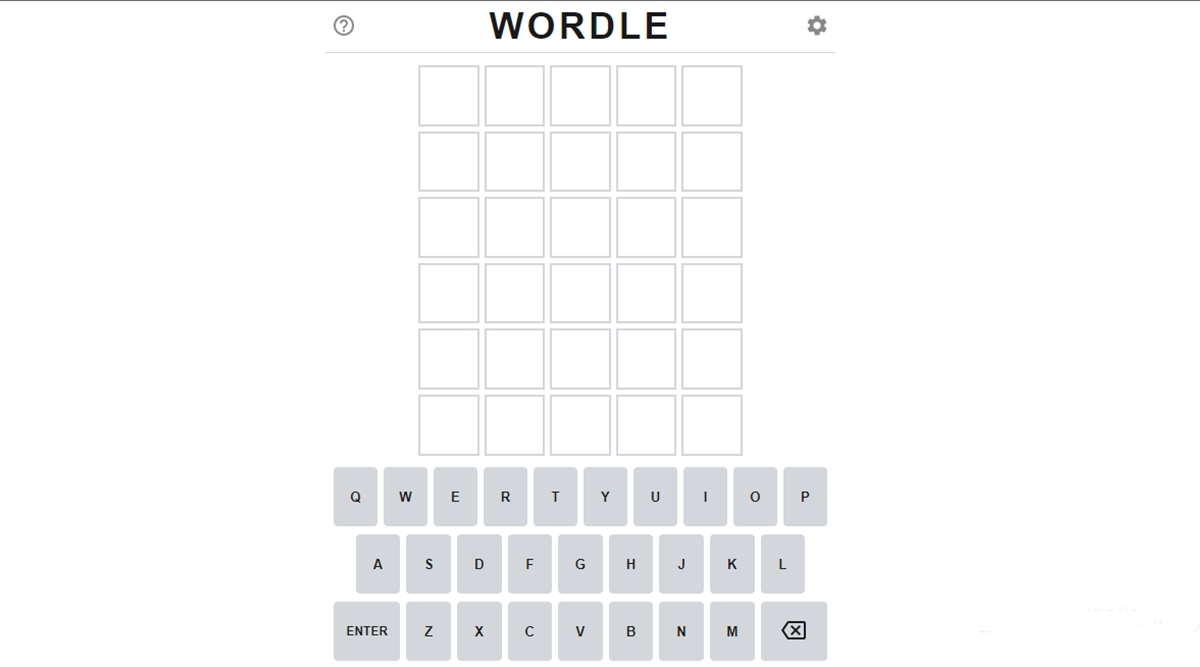
Wordle has become a global phenomenon, captivating millions with its simple yet enthralling gameplay. In a world cluttered with high-octane video games and complex RPGs, Wordle stands out for its minimalism and intellectual challenge.
This article delves into the origins of my Wordle, its gameplay mechanics, variations, and educational value, particularly for younger audiences.
The Creation of Wordle
Wordle was developed by Josh Wardle, a software engineer with a penchant for creating engaging social experiments. Initially designed as a private game for his partner, Wordle was released to the public in October 2021. It quickly captivated a wide audience, becoming a daily ritual for many across the globe.
How to Play Wordle
The essence of 3 letter Wordle is beautifully straightforward. Players have six attempts to guess a five-letter word. After each guess, the tiles will show different colors to indicate how close the guess was to the target word:
- Green indicates the correct letter in the correct spot.
- Yellow signals the correct letter in the wrong spot.
- Gray denotes an incorrect letter.
This simple feedback mechanism requires players to use deductive reasoning and vocabulary skills to narrow down the possibilities and solve the puzzle.
Famous Wordle Variations
Wordle’s success has inspired a host of variations, each adding a unique twist to the original formula:
- Quordle: Players tackle four Wordles simultaneously, multiplying the challenge.
- Dordle: Similar to Quordle but with two Wordles at once, doubling the fun.
- Worldle: A geographical twist, where players guess countries based on their silhouette and proximity hints.
These variations keep the core mechanic intact while offering new challenges and ways to engage with the game.
Types of Wordle Games
Wordle’s adaptable format has led to the creation of versions tailored to different lengths, catering to various skill levels and preferences:
Exploring the rich landscape of Wordle variations reveals an intriguing spectrum of gameplay experiences, each distinguished by the length of the target word. From the breezy challenges of 4-letter puzzles to the intricate depths of 6-letter conundrums, the adaptation of Wordle’s fundamental mechanics to different word lengths offers a tailored experience for diverse player demographics. Here’s an expanded look at how each version — 4-letter, 5-letter, and 6-letter Wordle — caters to its audience, presenting unique challenges and engaging experiences.
The Beginner-Friendly 4-Letter Wordle
At the more approachable end of the spectrum lies the 4-letter Wordle, a variant that demystifies the world of word puzzles for novices and younger players alike. This iteration simplifies the challenge, making it a perfect starting point for those just dipping their toes into the lexical streams of Wordle. With fewer letters to consider, the game becomes less daunting, enabling players to quickly grasp the gameplay mechanics. The reduction in complexity does not only accelerate the pace of the game but also instills a sense of achievement and encouragement in players, making it an invaluable tool for nurturing budding vocabularies and fostering an early love for word-based puzzles.
The Classic 5-Letter Wordle
The original 5-letter Wordle stands as the cornerstone of the game’s runaway success, embodying an ideal equilibrium between cerebral stimulation and accessible gameplay. This version challenges players to deduce a five-letter word within six attempts, with each guess revealing clues about the letters’ correctness and placement. It is this delicate balance — neither too simple to bore nor too hard to frustrate — that has ensnared a global audience, embedding the game into the daily routines of millions. The 5-letter variant appeals to a wide array of players, offering a satisfying crunch for those who crave a moderate linguistic challenge that’s perfectly pitched to be engaging, rewarding, and habit-forming.
The Challenging 6-Letter Wordle
Elevating the complexity, the 6-letter Wordle variant extends an invitation to the seasoned or ambitious players seeking to push their puzzle-solving prowess to new heights. The addition of another letter significantly broadens the puzzle’s scope, introducing a higher level of difficulty that demands a richer vocabulary and a more nuanced approach to strategy. This version is particularly appealing to those who have mastered the art of the 5-letter puzzles and yearn for a steeper challenge. The sense of accomplishment derived from cracking a 6-letter wordle italiano is unmatched, offering a profound sense of satisfaction that rewards the intellectual investment.
An Expansive Wordle Universe
The diversity in Wordle’s game formats underscores the game’s incredible versatility and broad appeal. Each variant not only caters to different skill levels and learning stages but also enriches the player’s experience by offering varying degrees of challenge and discovery. From the swift and encouraging victories in 4-letter puzzles to the deep, strategic dives required by 6-letter challenges, Wordle has morphed into a linguistic playground that welcomes everyone.
Moreover, this variety fosters a progressive learning curve, allowing players to gradually increase the challenge as their skills and confidence grow. It’s a testament to the game’s design that it can serve as both an educational tool for children and a brain teaser for adults, seamlessly bridging the gap between entertainment and learning. Whether for educational purposes, brain training, or simply as a leisurely escape, the Wordle variants present a rich tapestry of word puzzles that continue to captivate and educate players across the globe.
Wordle’s Educational Value
Wordle is not only a source of entertainment but also a powerful educational tool, especially for kids. The game’s reliance on vocabulary, spelling, and logical thinking makes it an engaging way to enhance language skills. Children, in particular, can benefit from the incremental challenges posed by different versions of the game, learning new words and improving their spelling in a fun and interactive environment.
Moreover, Wordle’s puzzle-solving nature encourages critical thinking and problem-solving skills, crucial competencies in both academic and real-world settings. The game’s daily puzzles can also serve as a consistent and enjoyable routine that promotes regular learning and cognitive engagement.
Conclusion
Wordle, with its simple premise and intellectual appeal, has become more than just a game; it’s a cultural touchstone and an educational resource. Its variations cater to a broad spectrum of players, from young learners to vocabulary veterans, making it universally accessible. For children, Wordle is not just an entertaining pastime but a gateway to language learning, offering a fun and interactive method to explore and understand the complexities of English. As Wordle and its variations continue to captivate and educate, it’s clear that this simple word puzzle game has left an indelible mark on both gaming and learning landscapes.
Keep an eye for more news & updates on Buzz!



